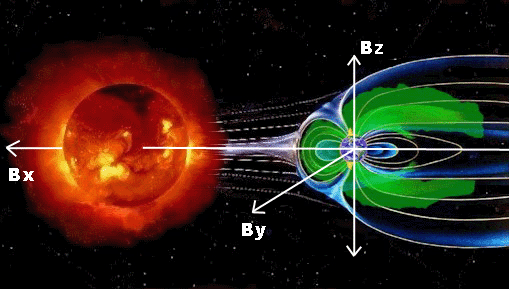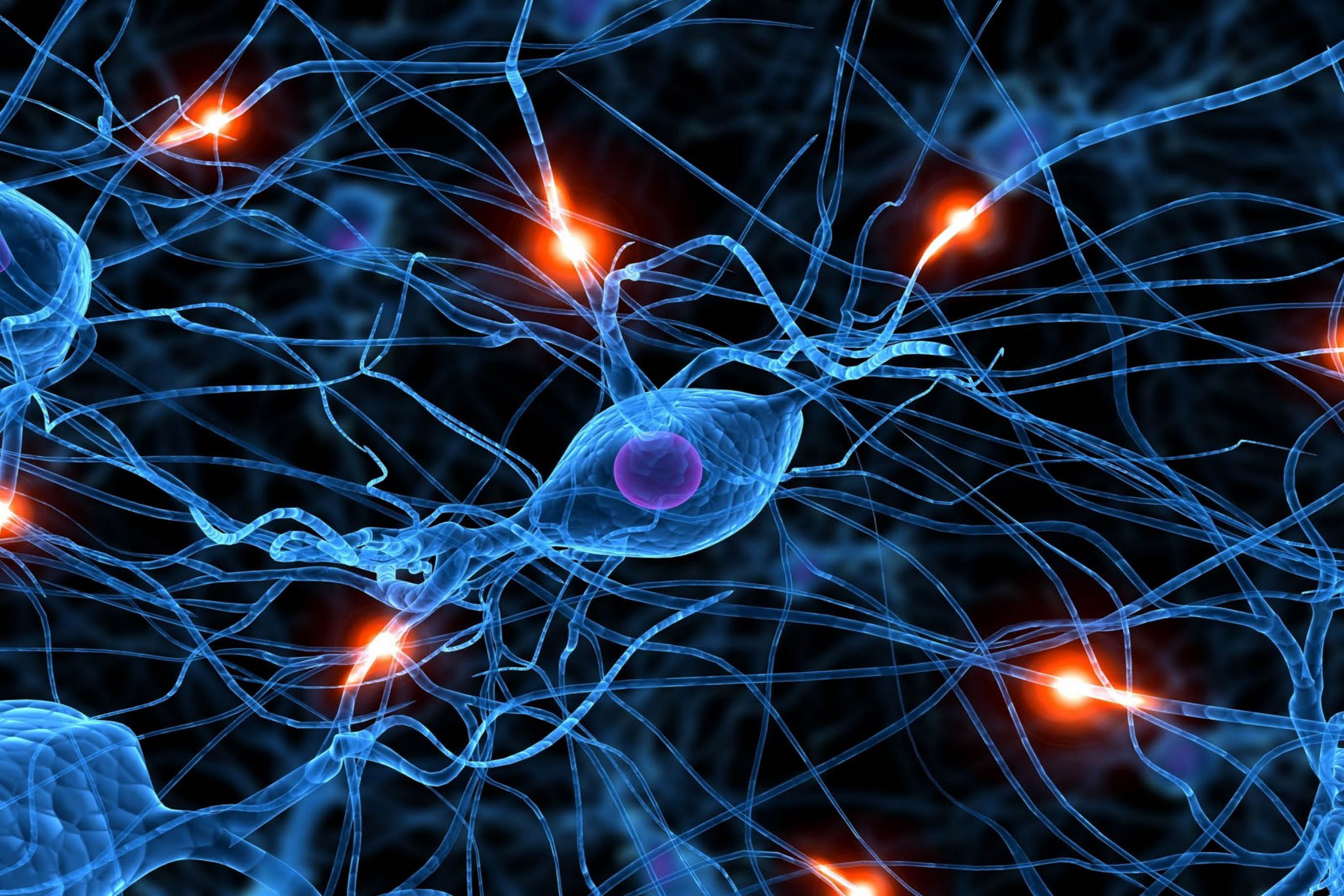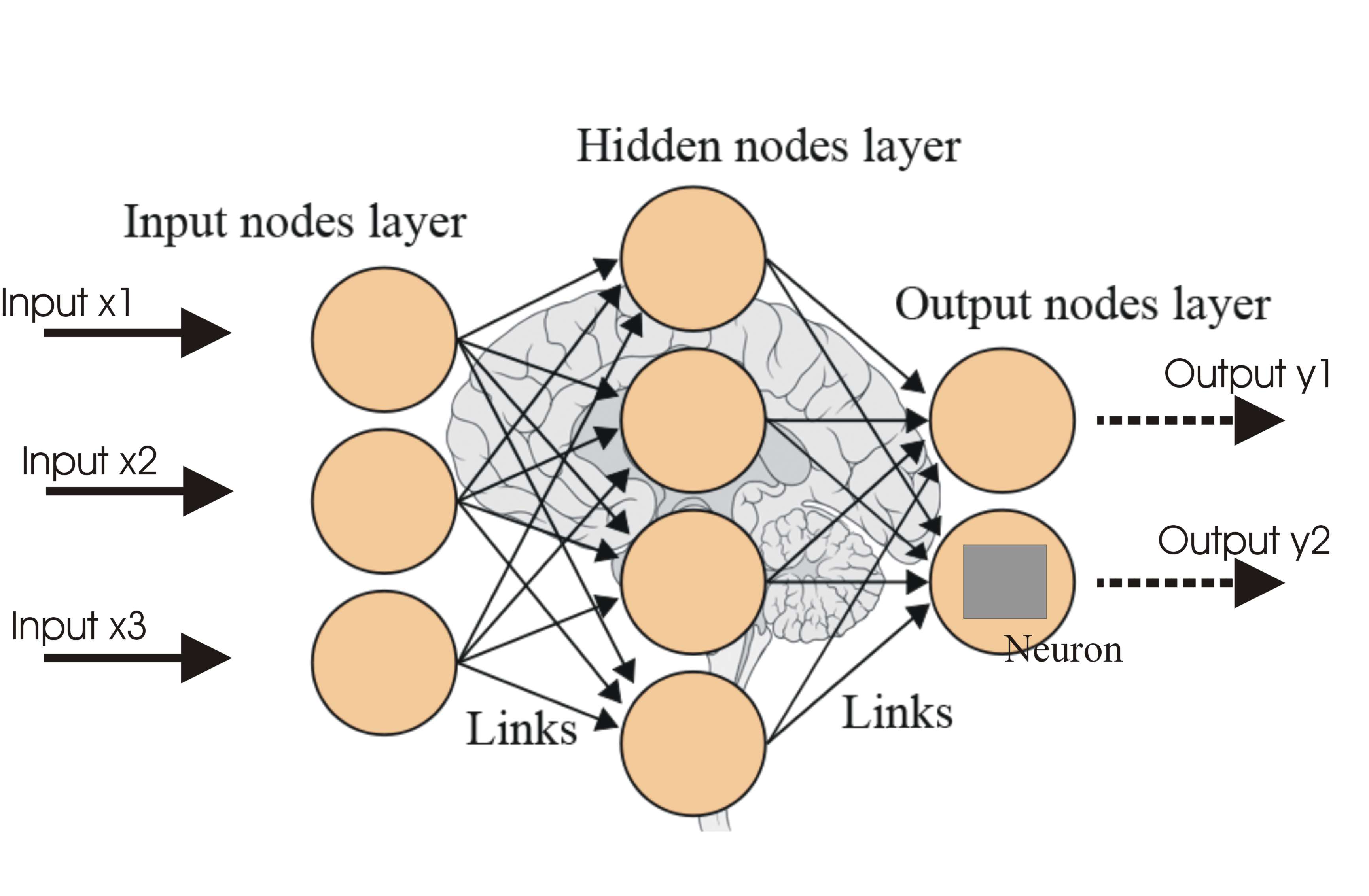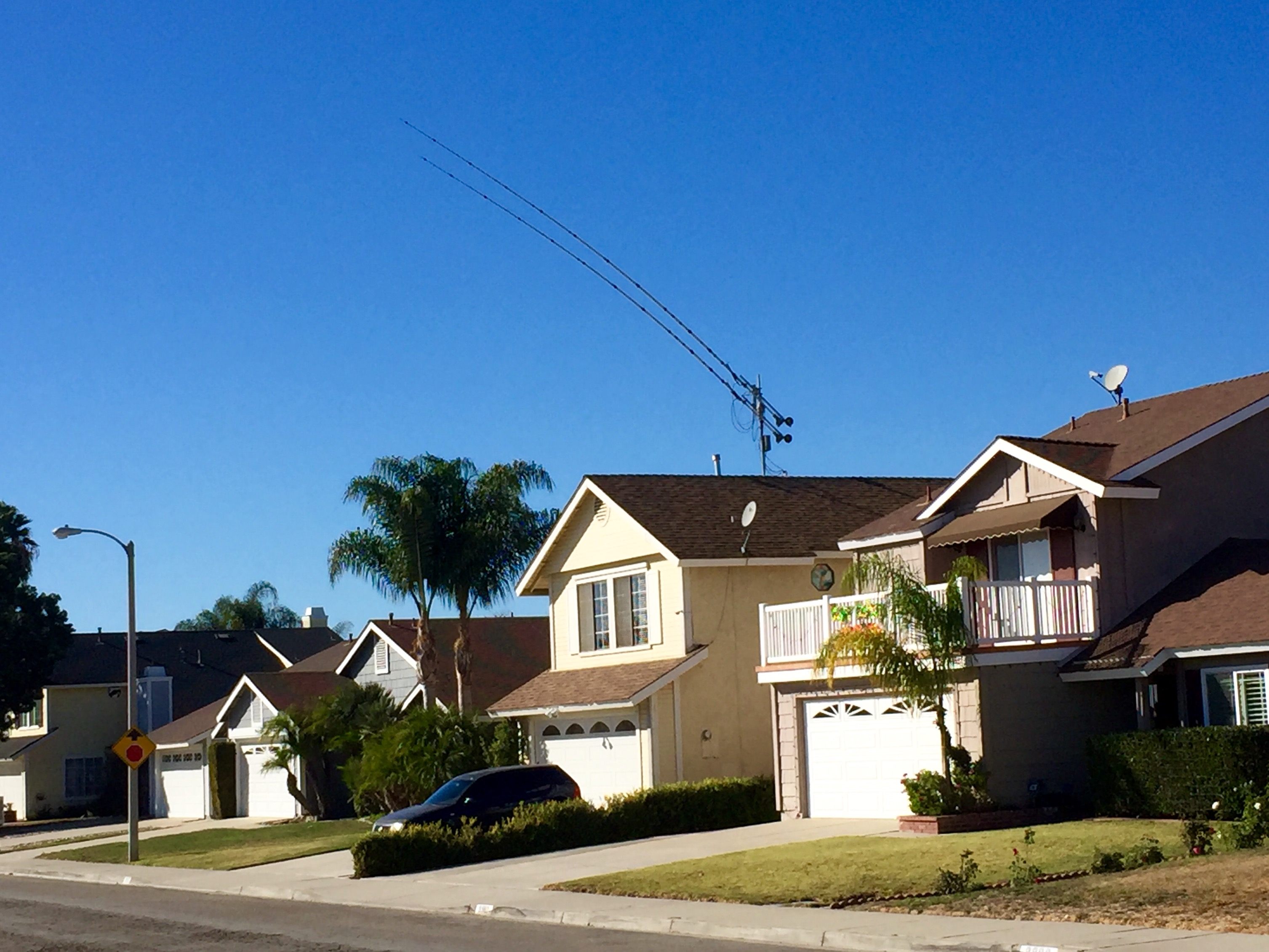SECTION 43
MOONBOUNCE CONDITIONS MODELING - PROJECT LAUNCH
(A COMPREHENSIVE ANALYSIS OF SELF-PRODUCED MOON ECHOS USING ARTIFICIAL NEURAL NETWORKS)
(December 23th, 2015)
 BACKGROUND
BACKGROUND
This is a project which I cherish a lot, and I am now ready to launch it formally after having invested a lot of efforts into developing the necessary capabilities which will enable to produce and analyze the data generated in a very methodical way. But first, some background information on the whole issue at play...
Most Moonbounce practitioners will quickly realize that the famous "Degrade Factor" (DGR), which is widely published, is NOT an absolute measure of the quality of the Moonbounce conditions. For instance, the conditions can be "Extremely Poor" on a given day despite a very low/favorable Degrade Factor. On a different day/time, the EME conditions can be quite good, while the degrade factor suggests otherwise (see Section 38).
The "MNR" index (Maximum Non-Reciprocity) suffers from the same issue. There can be extreme Non-Reciprocity in effect despite an "MNR" index that is very low or close to zero (see Section 23). For most people, this is all very confusing! In other words, the "Degrade Factor" is NOT an absolute measure of the quality of EME conditions and the MNR index is also NOT always a good measure of the Maximum Non-Reciprocity either. To add to the confusion, Faraday Polarity Rotation can produce severe polarity mismatches and may falsely give the impression to some that the conditions are very bad, while it is not the case at all. It is just so much easier to blame Mr. Faraday for everything!
How can we de-entangle all this and start producing answers to these challenges? That is the very purpose of this project...
OBJECTIVES
The primary objective of this project is to identify ALL the KEY FACTORS affecting the quality of the EME conditions and develop a better understanding of how EME signals "behave" under different conditions. Many of these factors are already well known such as Moon Distance and Sky Noise, but most certainly, there is at least one, or many other "unknown factors" which also play a significant role in the quality of the EME conditions which have not been discovered nor modeled yet.
In addition, the intent of this project is to develop a viable "Predictive Model" in order to produce more accurate predictions than just relying on the Degrade Factor. This is a significant challenge. Just like weather forecasting, there can be a significant number of highly interactive and non-linear factors which may drastically increase the complexity of such modeling endeavor. But since we have all the tools, we will give it a try!
METHODOLOGY
As explained in the previous sections, the strategy is simple and consists in producing "Moon Echos" using two different antenna arrays, one for TX and one for RX, and at least one of them equipped with Rotatable POLarity capability (both have that capability in my case). By carefully rotating the Rotatable POLarity array, the signal strength of the Moon Echos can be maximized, and the impacts of Faraday Polarity Rotation and Non-Reciprocity can be completely eliminated. Since the Moon distance is very well known and the noise level can easily be measured, the technique enables determining how "good" or "bad" the conditions truly are on any given day/time. For every set of Moon Echos collected, the selected Input Factors are carefully recorded as well and the matrix is populated.
The two pictures below show the antenna arrays employed for the experiments. The picture to the left is the 2X14 RPOL array which is dedicated to the TX operation (965 watts output). The 2X13 RPOL LFA array shown to the right is dedicated to perform the receive function (RX) and measure the strength of the echos produced.
ANALYTICAL TOOLS
 The hardware portion of this experimental setup is quite straight forward, but what about the data analysis portion of the experiment? Which variables (input factors) should be looked at, and as importantly, what is the optimum way to analyze and process the large amount of data that will be generated?
The hardware portion of this experimental setup is quite straight forward, but what about the data analysis portion of the experiment? Which variables (input factors) should be looked at, and as importantly, what is the optimum way to analyze and process the large amount of data that will be generated?
Considering that the relationship between the input factors and the Echos produced is most likely going to be "Non-Linear" and highly "Interactive", my choice of the optimum technique to employ in this particular case is "Artificial Neural Networks", or "ANN". What is that? Simply put, Neural Networks are non-linear statistical data modeling tools which can be used to model complex relationships between inputs and outputs or to find patterns in data.
In machine learning and cognitive science, artificial neural networks (ANNs) are a family of models inspired by biological neural networks (the central nervous systems of animals, in particular the brain) and are used to estimate or approximate functions that can depend on a large number of inputs and are generally unknown. Artificial neural networks are generally presented as systems of interconnected "neurons" which exchange messages between each other. The connections have numeric weights that can be tuned based on experience, making neural nets adaptive to inputs and capable of learning.
I do have the chance to have in my possession a very powerful software which is fully capable of producing sophisticated ANN models so that will be perfect for this project. In addition to Neural Networks, conventional multi-regression analysis will also be employed in order to establish basic correlations (if any) between the input factors and the output, the output being the Average Echo Signal Strength in this case.
INPUT FACTORS AND OUTPUTS
 Now that we have the necessary software, hardware and analytical tools, one key question remains: which input factors should be included in this analysis? Next to the typical "known factors" affecting the EME signals (moon distance, sky noise, etc.), it is critical to select the most likely "unknown factor(s)" which may have an impact on the quality of the Moonbounce conditions.
Now that we have the necessary software, hardware and analytical tools, one key question remains: which input factors should be included in this analysis? Next to the typical "known factors" affecting the EME signals (moon distance, sky noise, etc.), it is critical to select the most likely "unknown factor(s)" which may have an impact on the quality of the Moonbounce conditions.
Common sense dictates that a basic package of well known indicators of Space Weather conditions and factors associated with VHF propagation openings should be investigated first. Find below the input factors that have been selected for this project:
INPUT FACTORS
1) Sky Noise (K)
2) Moon Distance (km)
3) Noise Floor (dB)
4) Kp Planetary Index (measure of the Global Geomagnetic Activity)
5) IMF Bz (IMF stands for "Interplanetary Magnetic Field". It plays a huge rule in how the solar wind interacts with Earth's magnetosphere)
6) IMF Orientation (North, South)
7) IMF Total Field (nT)
8) Solar Wind Speed (km/s)
9) Solar Wind Density (proton/cm3)
10) Sunspot Number (N)
11) Radio Flux 10.7 cm (sfu)
12) X-Ray Flux
13) Tropo (tropo opening at my QTH)
Additional factors can be added in a later stage, but the study will use these as a starting point.
OUTPUTS
1) Average Signal Strength of the Echos (dB)
2) Standard Deviation of the Echos (dB)
It may take a significant amount of time before there is a sufficient amount of data to produce a draft model. It is also possible that this study will not yield any conclusive results.
Time will tell, Stay Tuned for initial results!
 BACKGROUND
BACKGROUND BACKGROUND
BACKGROUND

 The hardware portion of this experimental setup is quite straight forward, but what about the data analysis portion of the experiment? Which variables (input factors) should be looked at, and as importantly, what is the optimum way to analyze and process the large amount of data that will be generated?
The hardware portion of this experimental setup is quite straight forward, but what about the data analysis portion of the experiment? Which variables (input factors) should be looked at, and as importantly, what is the optimum way to analyze and process the large amount of data that will be generated?  Now that we have the necessary software, hardware and analytical tools, one key question remains: which input factors should be included in this analysis? Next to the typical "known factors" affecting the EME signals (moon distance, sky noise, etc.), it is critical to select the most likely "unknown factor(s)" which may have an impact on the quality of the Moonbounce conditions.
Now that we have the necessary software, hardware and analytical tools, one key question remains: which input factors should be included in this analysis? Next to the typical "known factors" affecting the EME signals (moon distance, sky noise, etc.), it is critical to select the most likely "unknown factor(s)" which may have an impact on the quality of the Moonbounce conditions.